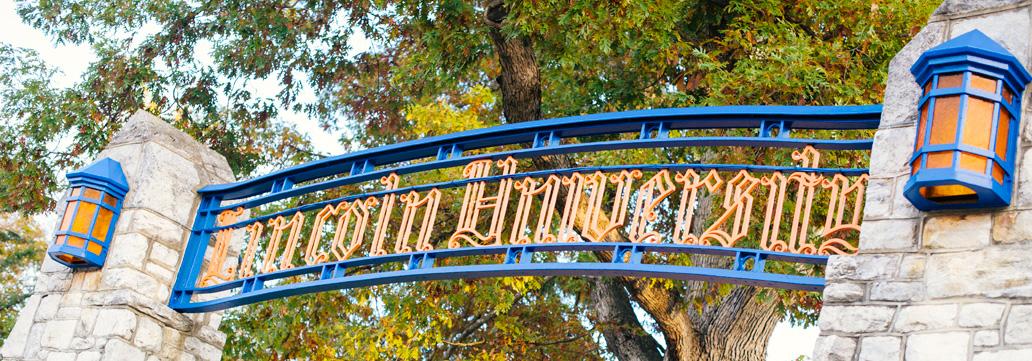
University Facts
MISSION
Lincoln University, the nation’s first degree-granting Historically Black College and University (HBCU), educates and empowers students to lead their communities and change the world.
It does so by:
- Providing a rigorous liberal arts education featuring active and collaborative learning;
- Integrating academic and co-curricular programs with the University’s distinctive legacy of global engagement, social responsibility and leadership development; and
- Cultivating the character, values and standards of excellence needed to enable students to become responsible citizens of a global community.
VISION
Lincoln University will be a national model for both 21st century liberal arts undergraduate education and innovative graduate and professional programs.
- Accredited by the Middle States Commission on Higher Education
- Associated with the Commonwealth of Pennsylvania since 1972 as a state-related, coeducational university
- Athletics debut in NCAA Division II and the Central Intercollegiate Athletic Association, or CIAA, during the 2010-11 academic year. Baseball participates in the East Coast Conference.
- Member institution of the Thurgood Marshall College Fund
STRATEGIC PLAN
The University's launched a strategic plan, Reimagining the Legacy: Learn. Liberate. Lead, in July 2018.
SETTING
Located on 422 acres in southern Chester County, our main campus marries tradition and modern facilities, with sweeping pathways that encourage walking and contemplation within a safe and scenic landscape.
ESTABLISHED
The Ashmun Institute, 1854
RENAMED
Lincoln University, 1866
LEADERSHIP
Learn more about the administration
LOCATIONS
- Main Campus (undergraduate programs) – 422 rural acres; 56 buildings – 1570 Baltimore Pike, Lincoln University, PA 19352
- University City location (select undergraduate & graduate programs) – 3020 Market Street, Philadelphia, PA 19104
STUDENT ENROLLMENT - Fall 2021
- 1,767 Undergraduate: 34 percent male; 66 percent female
- 149 Graduate: 24 percent male; 76 percent female
- 2020 First time, full-time cohort retention rate: 73.2%
- 89% of undergraduate students on main campus live in college-owned, -operated or -affiliated housing
- 40% of undergraduate main campus students have cars on campus.
DIVERSITY - Fall 2021
- Students come from 28 states/territories and 9 foreign countries
FACULTY - Fall 2021
- 109 full-time faculty members (105 instructional full-time and 4 Librarian full-time faculty)
- 81% faculty with a terminal degree1
1Terminal degree: The highest degree achievable in a given academic or professional discipline.
CLASS SIZE - Fall 2021
- 97.3% of undergraduate classes have 39 or fewer students.
- 13:1 Student-faculty ratio2 (Fall 2021)
2Student-faculty ratio: ratio of full-time equivalent undergraduate students (full-time plus 1/3 part time) to full-time equivalent instructional undergraduate faculty (full time plus 1/3 part time)
MOST POPULAR MAJORS (Undergraduate degrees conferred 2020-2021 academic year)
- Human Services
- Criminal Justice
- Health Science
- Biology
- Digital Communications and Media/Multimedia
TUITION AND FEES - 2021-2022
- In-state undergraduate tuition and fees – $11,566
- Out-of-state undergraduate tuition and fees – $17,912
- Room and board – $10,076
- 95% of undergraduate students receive some type of financial assistance
ENDOWMENT
- $45.4 million (as of June 30, 2020)
This information was last updated February 2022. For more information, visit the Office of Institutional Effectiveness, Research, & Planning webpage.